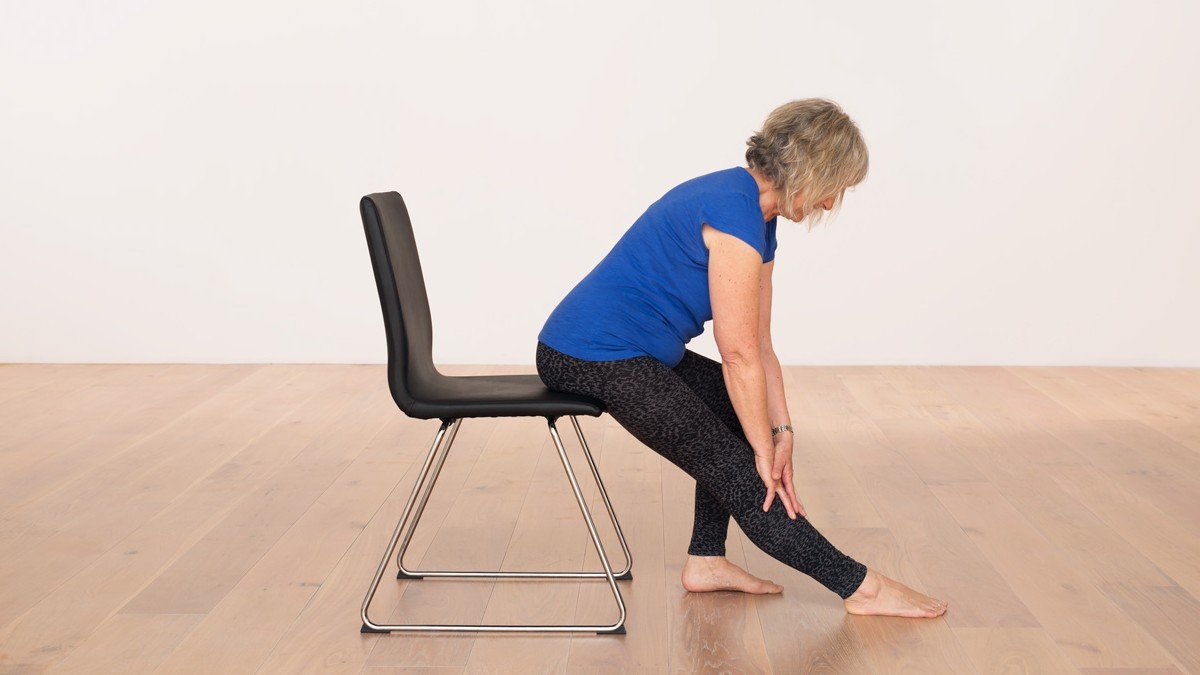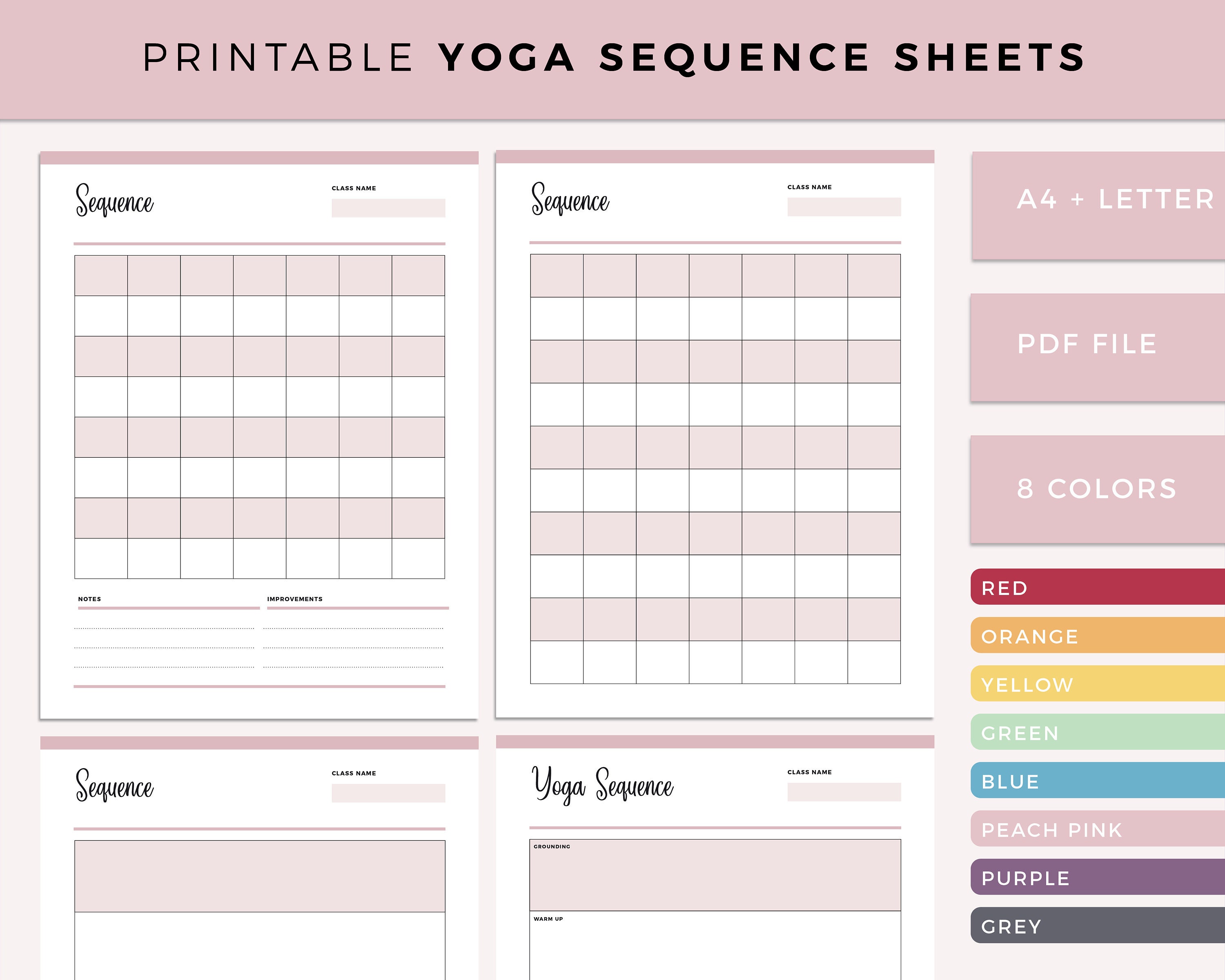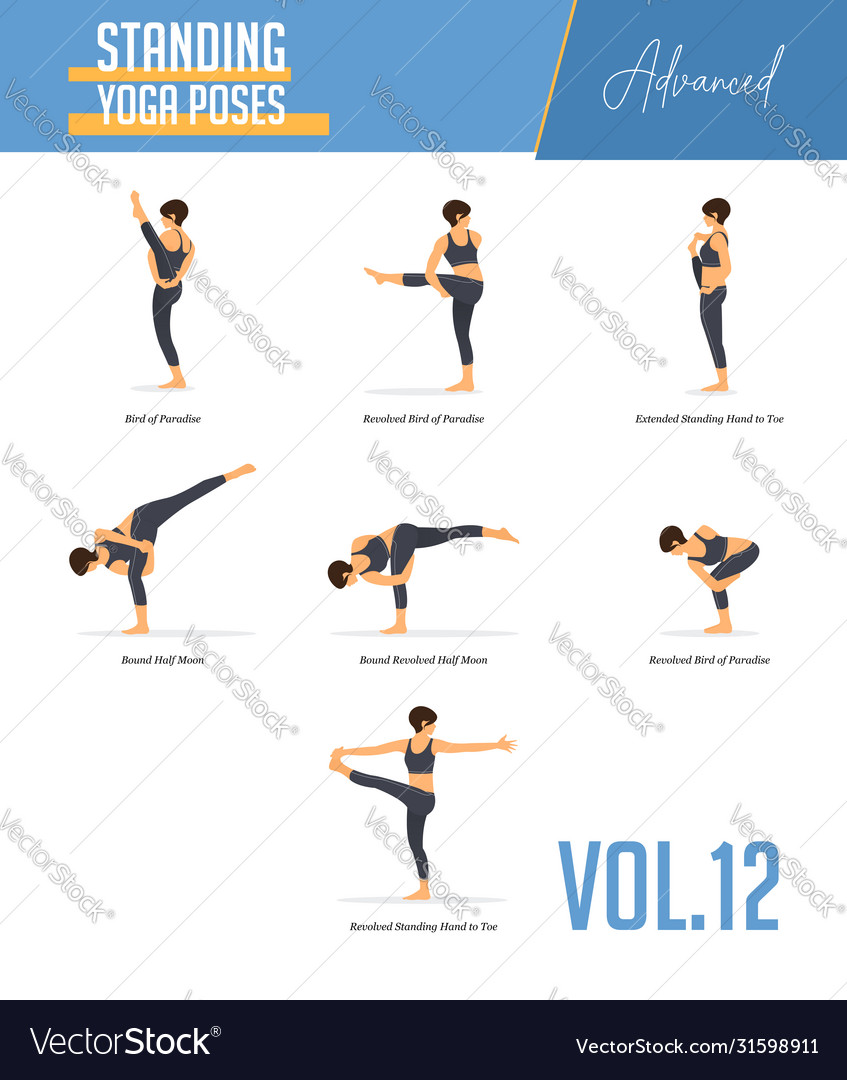
Many popular websites advertise the benefits of yoga to relieve erectile dysfunction. Many yoga asanas can be used to treat erectile problems. A number of websites have published studies that prove the effectiveness of these exercises in improving male sexual function. In this study, 65 males from Mumbai were instructed to practice yoga for 12 consecutive weeks.
Uttanpadasana, or raised leg pose, is one of the best-known yoga poses for ED. This exercise stretches the psoas muscles, which are located on either side of the vertebral column in the lumbar region of the male body. It also stimulates hip flexor muscle, which helps in bending the knees. This position improves blood circulation and can help a man get an erection.

Uttanpadasana, a classic yoga pose for the pelvic muscles, is known as Uttanpadasana. Engaging the quads as well as the glutes in this pose will increase the body's testosterone. This pose also strengthens the hip flexor muscles as well as the psoas (two types of muscle found in the pelvic area). This is a great exercise for overcoming erectile dysfunction. Regular practice will help you eliminate your symptoms.
Some of the best yoga poses for erectile dysfunction focus on the peroneal muscles, which help maintain erectile rigidity. This is the best way to defeat erectile dysfunction. Paschimottanasana is a position that requires you to sit on the ground and stretch your legs. You will then hold the big one's toe with your thumb (index finger) and thumb (thumb).
Various poses help in improving sexual function and preventing erectile dysfunction. YouTube has many beginner-friendly tutorials. You can increase your yoga practice by joining a partner. It's especially beneficial for those suffering from ED as it helps increase blood flow and reduce stress levels. Although yoga's benefits are well-known and widely accepted, more research is needed to prove its effectiveness in preventing erectile dysfunction.

Yoga can have immediate benefits for erectile dysfunction. It improves blood circulation which in turn improves a man’s libido as well as erectile function. Yoga for erectile dysfunction is not as effective as other sexual medications. The poses must also be modified so that they don't compromise the functionality of the lower body. However, they can help ease erectile disorder.
Wind-relieving pose is the right position for erectile problems. This pose strengthens the peroneal and rectile muscles by allowing you to sit forward. This pose can slow down ejaculation, reduce stress, and stimulate the reproductive organs. It is important to practice this posture with a straight spine and erect shoulders. Once you've mastered this posture, it'll be easy to achieve an erectile erection and relieve your symptoms.
FAQ
What is the difference in fat and sugar?
Fat is an important energy source, which comes from food. Sugar is a sweet substance found naturally in fruits and vegetables. Both sugars and fats have the same calories. However, fats contain more than twice as many calories as sugars.
The body stores fats and they can lead to obesity. They cause cholesterol buildup which can lead to strokes and heart attacks.
Sugars are quickly absorbed into the body and provide instant fuel. This causes blood glucose levels to rise. High blood glucose levels can lead to type II diabetes.
What's the problem in BMI?
BMI stands For Body Mass Index. This refers to the measurement of body fat using height and weight. The following formula can be used to calculate BMI.
Add weight in kilograms to height in meters squared.
The score is expressed as a number between 0 and 25. A score greater than 18.5 is considered overweight. A score greater than 23 is considered obese.
A person who is 100kg and 1.75m tall will have a BMI 22.
What is the healthiest lifestyle to life?
Healthy lifestyles include eating healthy food, regular exercise, good sleep, and avoiding stress. These are the keys to a healthy and long-lasting life.
It's easy to start small with your exercise and diet. If you're looking to lose weight, walk for 30 minutes each morning. If you're looking for a way to increase your activity, consider taking up swimming or dancing. A Fitbit or Strava online program that tracks your activity can be joined.
Exercise: Is it good or bad for immunity?
Your immune system is strengthened by exercise. When you exercise, your body produces white blood cells which fight off infections. Your body also removes toxins. Exercise helps to prevent heart disease and cancer. Exercise can help reduce stress.
Exercising too frequently can make your immune system weaker. You can cause muscle soreness by working out too hard. This can lead to inflammation and swelling. Your body will then produce more antibodies in order to fight infections. These extra antibodies can lead to allergies or autoimmune disorders.
So, don't overdo it!
What is the best food for me?
The best diet for you depends on several factors, like your age, gender, weight, health conditions, and lifestyle habits. You should also consider how much energy your exercise consumes, whether you like low-calorie or high-calorie foods, and what you enjoy in terms of eating fruits and veggies.
Intermittent Fasting is an alternative to traditional fasting if you are looking to lose weight. Intermittent fasting is a way to eat only certain meals during the day instead of three large meals. This method may work better than traditional diets which include daily calorie counts.
Research suggests that intermittent fasting may increase insulin sensitivity and lower inflammation. This can result in a reduction in blood sugar levels and a reduced risk of developing diabetes. Intermittent fasting has been shown to promote fat loss as well as improve overall body composition.
Why does our weight change with age
How can you tell if your bodyweight has changed?
Weight loss happens when there is less muscle mass and more fat. This means that you must consume more calories than you use daily. A decreased level of activity is the main cause of weight loss. Other factors include stress, illness and pregnancy. A person who has more fat than their muscle mass will experience weight gain. It occurs when people consume more calories each day than they use. It can be caused by overeating or increased physical activity as well hormonal changes.
Our bodies lose weight because we eat fewer calories than we burn. By exercising regularly, our metabolism rates increase which in turn burns more calories during the day. This does not necessarily mean that we will get thinner. What is more important is whether or not our body is losing or gaining weight. If we are burning more calories than what we eat, then we will lose weight. But if we're consuming more calories than we're burning, then we're actually storing them as fat.
As we get older, our movement speed slows down and so we move less. We also tend have less food to eat than when our children were young. Also, we are more likely to gain weight. On the flip side, we tend to have more muscle mass so we look bigger than we really are.
There's no way to tell how much weight you've lost unless you weigh yourself every week. There are many ways to determine your weight. You can check your waist size, your hips, your thighs, your arms, etc. Some prefer to use the bathroom scales, others prefer to use tape measures.
If you want to track your progress, you should try weighing yourself once a week and measuring your waistline once a month. To see how far you have come, you can take photos of yourself every few month.
Online measurements of your height and weight can help you determine your body mass. You'd likely weigh 180 pounds if you were 5'10 tall and 180 pounds if you were 180lbs.
What should I be eating?
Get lots of fruits & vegetables. These fruits and vegetables are high in vitamins, minerals, which can help you keep your immune systems strong. Vegetables and fruits are high in fiber which helps to digest and fill you up. Include at least five portions of fruit and vegetables per day.
You should also drink lots of water. Water flushes toxins from the body and gives you a full feeling between meals. Drink about eight glasses each day.
Choose whole grains over refined grains. Whole grains are rich in nutrients such as iron, zinc and magnesium. Refined grains have been stripped of some of their nutrition.
Sugary drinks should be avoided. Sugary drinks are high in empty calories and can lead to obesity. Instead, drink water, milk, or unsweetened Tea.
Avoid fast food. Fast food has very low nutritional value. Fast food may be delicious, but it will not give you the energy that you need to perform your tasks properly. Stick to healthier options such as salads, soups, sandwiches, and pasta dishes.
Try to limit alcohol intake. Alcohol is a poor nutrient and has empty calories. Limit your intake to two alcoholic drinks per week.
Red meat consumption should be reduced. Red meats contain high amounts of saturated fats and cholesterol. Choose lean cuts such as beef, pork and lamb, chicken, fish, or turkey.
Statistics
- According to the 2020 Dietary Guidelines for Americans, a balanced diet high in fruits and vegetables, lean protein, low-fat dairy and whole grains is needed for optimal energy. (mayoclinichealthsystem.org)
- The Dietary Guidelines for Americans recommend keeping added sugar intake below 10% of your daily calorie intake, while the World Health Organization recommends slashing added sugars to 5% or less of your daily calories for optimal health (59Trusted (healthline.com)
- According to the Physical Activity Guidelines for Americans, we should strive for at least 150 minutes of moderate intensity activity each week (54Trusted Source Smoking, harmful use of drugs, and alcohol abuse can all seriously negatively affect your health. (healthline.com)
- Extra virgin olive oil may benefit heart health, as people who consume it have a lower risk for dying from heart attacks and strokes according to some evidence (57Trusted Source (healthline.com)
External Links
How To
How to Live a Healthy Lifestyle
Healthy lifestyle means you can maintain your weight, health, and fitness. This lifestyle includes healthy eating habits, regular exercise, adequate sleep, and abstaining from drugs, alcohol, caffeine, tobacco and other harmful substances. A healthy lifestyle helps you stay fit and feel good about yourself. A healthy lifestyle can help reduce your risk of developing chronic diseases such as heart disease, strokes, diabetes, cancer and osteoporosis.
The goal of this project is to give a step by step guide on how to live healthier lives. The first part of the project consisted of writing the introduction, which explains what a healthy lifestyle is, why people should adopt a healthy lifestyle and who we are. Then I wrote the body paragraphs. They contain various tips on how you can maintain a healthy lifestyle. Finally, I wrote the conclusion, which summarizes the whole article and provides some additional resources if needed.
I learned how to create a concise and clear paragraph through this assignment. Additionally, I learned how organize my thoughts into topic sentences and supporting information. Moreover, I improved my research skills because I had to find specific sources and cite them properly. Lastly, I gained knowledge on how to use proper grammar when writing.